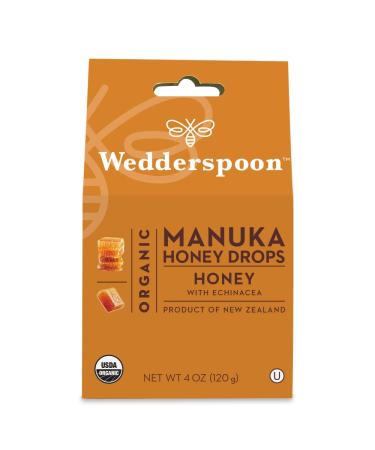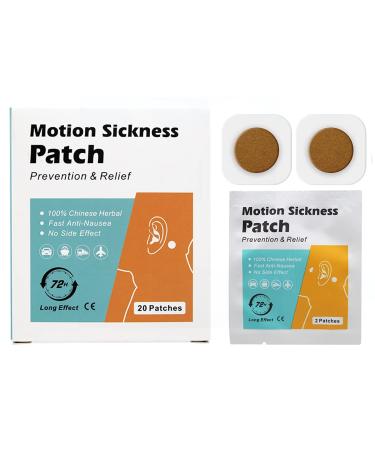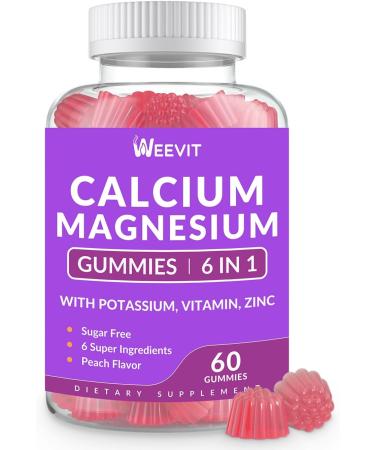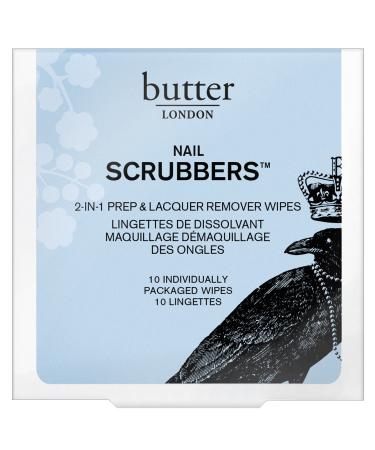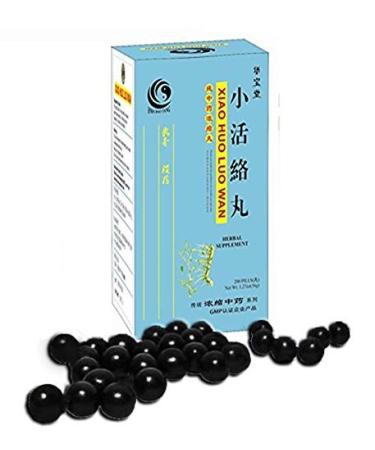: Growth habit Dendrobium officinale is suitable for growing in cool, moist environments with free air. Born on the semi-wet rock in the mountainous area up to 1600 meters above sea level, it likes warm and humid climate and semi-yin and semi-yang environment, and is not cold tolerant. Dendrobium officinale, grown in the wild, is not weak at minus 4.5 degrees Celsius, and the lowest cold resistance test is minus 9 degrees Celsius. Morphological characteristics Dendrobium officinale is a herb of the orchid family. Stems erect, cylindrical, 9 -- 35 cm long, 2 -- 4 mm thick, unbranched, multinomated, internodes 1 -- 1.7 cm long, often with 3 -- 5 alternate leaves above middle Leaves birow, papery, oblong-lanceolate, 3-4 (-7) cm long, 9-11 (-15) mm wide, apex obtuse and more or less hooked, base extending below into a sheath hugging a stem, margin and middle ribs often lilac Leaf sheath often purplish, when old its upper margin and stem loose and open, and with nodes leaving a ring of iron green gap.The surface is yellowish green or slightly golden yellow, with fine longitudinal wrinkles, nodes are obvious, nodes can sometimes be seen residual gray white leaf sheath Short fibrous roots left at the base of the stem can be seen at one end. Solid quality, easy to break, flat section, gray to gray green, slightly horny. The air is light, the taste is light, and the chewing is sticky. 3. Drug site Medicinal site of Dendrobium officinale: This product is the dried stem of Dendrobium officinale Kimura et Migo, an orchid plant. Characteristics of medicinal parts of Dendrobium officinale: It is spiral or spring-shaped, usually with 2 6 spirals. It is 3.5 8cm long and 0.2 0.4cm in diameter after the stem is loaded straight. Soup: with dendrobium officinale, American ginseng, small hawthorn, black chicken soup together, with nourishing Yin, nourishing the effect of deficiency. Dendrobium officinale taste sweet, slightly cold. To the stomach, kidney meridian. The stem contains polysaccharides, alkaloids such as dendrobiine, chalcoline, dendrobiamine, phenanthrene compounds (such as philanthrene and mulanin). Dendrobium officinale generally into decoction, decocted juice to take, can also be made into a powder or pill to take. In addition, Dendrobium officinale can also be used for daily health care, commonly eaten in the following ways: Tea: Dendrobium iron bubble water to drink, can replenish deficiency Yin, clear heat. Congee: with tin dendrobium congee, has the role of invigorating the stomach and opening the spleen. Five selling points: 1. Use method Dendrobium officinale has the effect of beneficial gastric production, nourishing Yin and clearing heat. It can also be used in water, porridge or soup. 2. Specific usage Dendrobium officinale decoction for internal use, the usual dosage is 6 10q, if using fresh, the dosage is 15 30q Fresh dendrobium can also be directly chewed.



